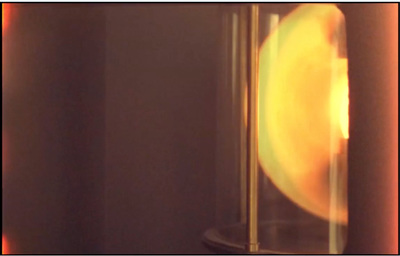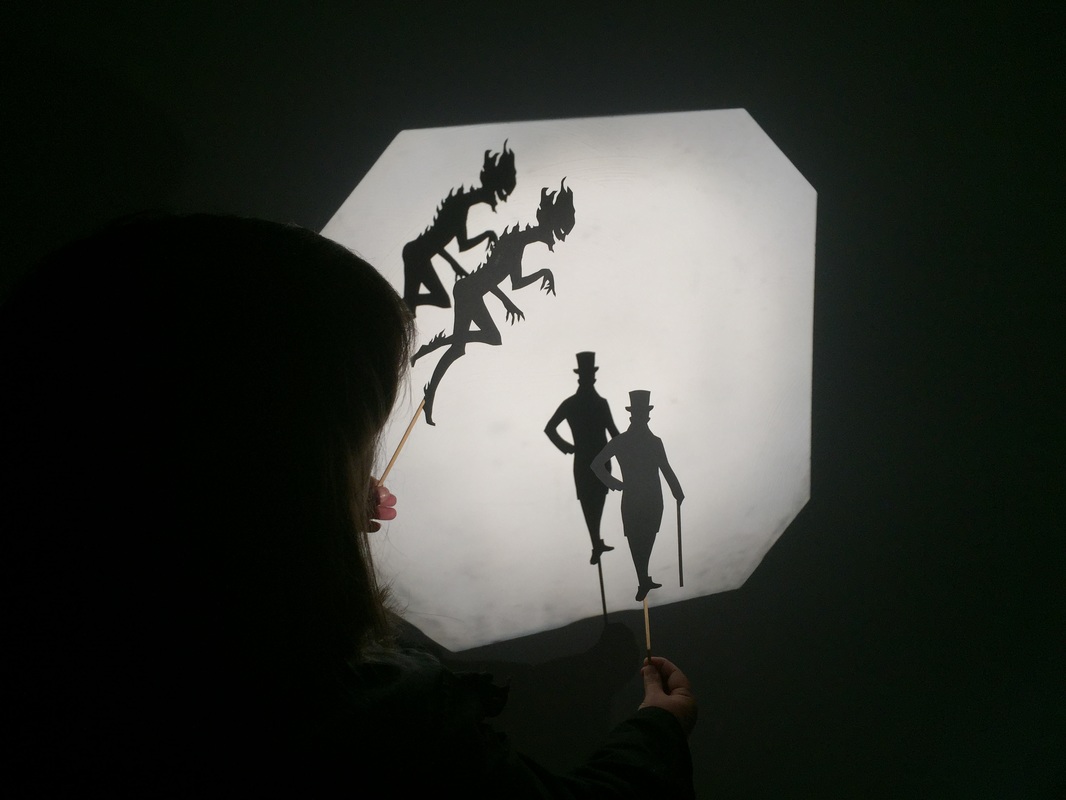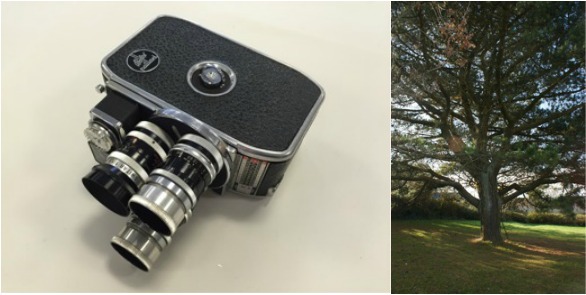|
1 Comment
Day 4
Today we got to see all the footage we had filmed over the previous three workshop days. We were all pleased at how beautiful the footage looked, even our mistakes and beginner camera skills turned into something interesting with the analogue film and old cameras. We spent the rest of the day either learning about drawing on and tinting film, or edited the footage in Final Cut. There were so many different possibilities and effects that could be created with the process of drawing on film. Bleach could be used to dissolve the images on film, and things like salt and inks could be used to create interesting effects. Film could also be directly drawn on or scratched into, and even overlaid or stitched into to create a completely new work. Almost all of the footage we captured on our previous days was interesting and could have been used, but we had to start really analysing it and thinking about the story we wanted to tell, and what really did and didn’t work with the story we had chosen. There were quite a few tough choices, and several clips that we liked a lot which just didn’t fit with what we wanted to say and so had to be cut. By the end of the day, though there was still quite a bit of finessing to be done we were all happy with what we had put together and the beautiful footage we had created. Day 3
On the third day of the analogue film workshop we met in Redruth to work at Back Lane West and Murdoch House. Despite it only being our third day with the cameras, we all felt a lot more comfortable with them today. We still needed the occasional pointer from Jo and Jacqui, but they were keen to hand over the reins to us, so we did almost all of the filming ourselves and took full control over the shots we wanted. We had the idea to use shadow puppets to try and represent the magical quality – both scary and awe inspiring – gas lighting would have had at the time of its initial invention and introduction to society. Melissa brought in a paraffin lamp and we used this to create the soft effect of traditional lighting, we also used the stronger light of a modern projector to play with the effects we could create with the shadows. After this we tried to get some nice shots of the externals of Murdoch house and its surrounding area, as well as the fantastic bust of William Murdoch which is housed there. We also tried our hand at double exposure, this needed a bit of precision, but it’s an interesting and fairly easy technique which will hopefully create some very interesting images. Day 2 A further period of time was devoted to light experiments. We were fortunate to have the support of Professor Gareth Parry from Redruth Café Scientifique who helped us investigate various methods of producing light. Pilchard oil was used in a burner with our handmade wicks, a traditional and very old method for creating light before the invention of gas lights. Professor Parry demonstrated simple ways of introducing colour by shining a laser light into a clear plastic bottle of water to obtain a bright green effect and a beam of light. One experiment that produced particularly pleasing effects was drawing with alcohol on a mirror and setting light to the alcohol. Alban Roinard of St Eia Films, St Ives documented the day.
Day 1
We had a great first day talking about the Golow Gas Project and learning about the beautiful Bolex movie cameras, different film gauges, lenses, F numbers and light meters. In two groups, we walked around the college campus taking small films of trees, birds and people moving in the landscape. Towards the end of the day, we experimented with burning various metals and dried plants capturing our findings on film. These reels were then developed using Caffenol, an eco-friendly solution made using coffee and other household products. A full and enjoyable day of learning and playing with the movie cameras and cine film. |
AuthorsGolow Gas Film Project Blog written by students from Contemporary Creative Practice BA, Cornwall College: Archives
September 2016
Categories |













 RSS Feed
RSS Feed
